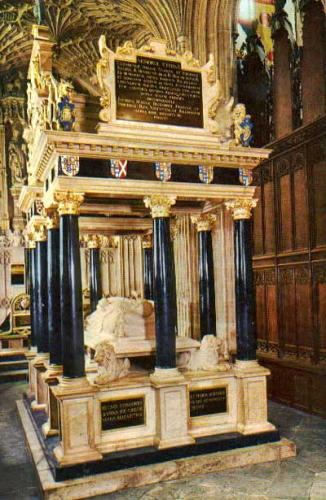Conservation Studio
This was our last day of visits so it was a bittersweet day because this meant that everything was really coming to an end. This visit allowed us to gain insight to what the professionals do at the conservation studio of the British Library. With it being the British Library and all....you know these people really know their stuff. We were first spoken to about the overall British Library and the materials that come through for preservation. First off, the British Library is in possession of some pretty amazing things. They have: rare illuminated manuscripts, original manuscripts of several famous books, the Magna Carta, various gospels and Bibles, maps and so much more. Just comprehending all of the items in their possession is enough to make your head explode. Being responsible for all of these treasures can not be an easy task but after literally stepping inside the actual studio, seeing all of the work stations and the people hard at work one can gain a sense of all the hard work and talent that goes into maintaining the treasured collection of the British Library.


Writing Britain Exhibit
Some of us were fortunate enough to acquire free tickets to the exhibition Writing Britain: Wastelands to Wonderlands. (Thank you John Webster!) This exhibition was AMAZING!
I had the best time going through this exhibition. Around each corner was something to top what I thought would be the coolest thing to see. I was really excited to see the manuscript for Harry Potter of course that was obvious. I would say I was most impressed by the Robert Louis Stevenson manuscript for Strange Case of Dr Jekyll and Mr. Hyde and the manuscript for 'Alice's Adventures Under Ground' by Lewis Carroll. I was impressed by them mostly because they were two authors that kept coming up throughout my visits. While I was in Oxford Lewis Carroll and Alice were everywhere because of the anniversary. While I was Scotland I heard a lot about Stevenson because his inspiration for the novel was in Edinburgh. I really felt that with this last day of class the exhibition really brought me full circle.


http://www.google.com/imgres?um=1&hl=en&client=firefox-a&rls=org.mozilla:en-US:official&authuser=0&biw=1600&bih=728&tbm=isch&tbnid=pKq28AovVp1P6M:&imgrefurl=http://edrls.wordpress.com/category/individual-works/dr-jekyll-and-mr-hyde/&docid=IFA9X9oIGOve7M&imgurl=http://edrls.files.wordpress.com/2012/04/6a00d8341c464853ef0163044a14b7970d-800wi2.jpg&w=800&h=1242&ei=V3skUNfvPKm62wXm94HAAQ&zoom=1&iact=hc&vpx=714&vpy=102&dur=1936&hovh=280&hovw=180&tx=90&ty=136&sig=105963636565624026405&page=1&tbnh=126&tbnw=81&start=0&ndsp=41&ved=1t:429,r:4,s:0,i:85
Here are some of the things I was so lucky to see!
- RR Tolkien: original artwork for The Hobbit
- JK Rowling: Harry Potter and the Philosopher’s Stone manuscript
- John Lennon: draft for ‘In My Life’
- Daphne Du Maurier: early plan for Rebecca
- Charles Dickens: manuscript for Our Mutual Friend
- Robert Louis Stevenson: manuscript for Strange Case of Dr Jekyll and Mr Hyde
- Charlotte Brontë: manuscript for Jane Eyre
- Lewis Carroll: manuscript of 'Alice's Adventures Under Ground'
- William Blake: manuscript for ‘London’
- ‘The Seafarer’ from the 10th-century Exeter Book
- Ted Hughes: notebook for The Remains of Elmet
For an even more detailed description of the exhibit follow this link




















